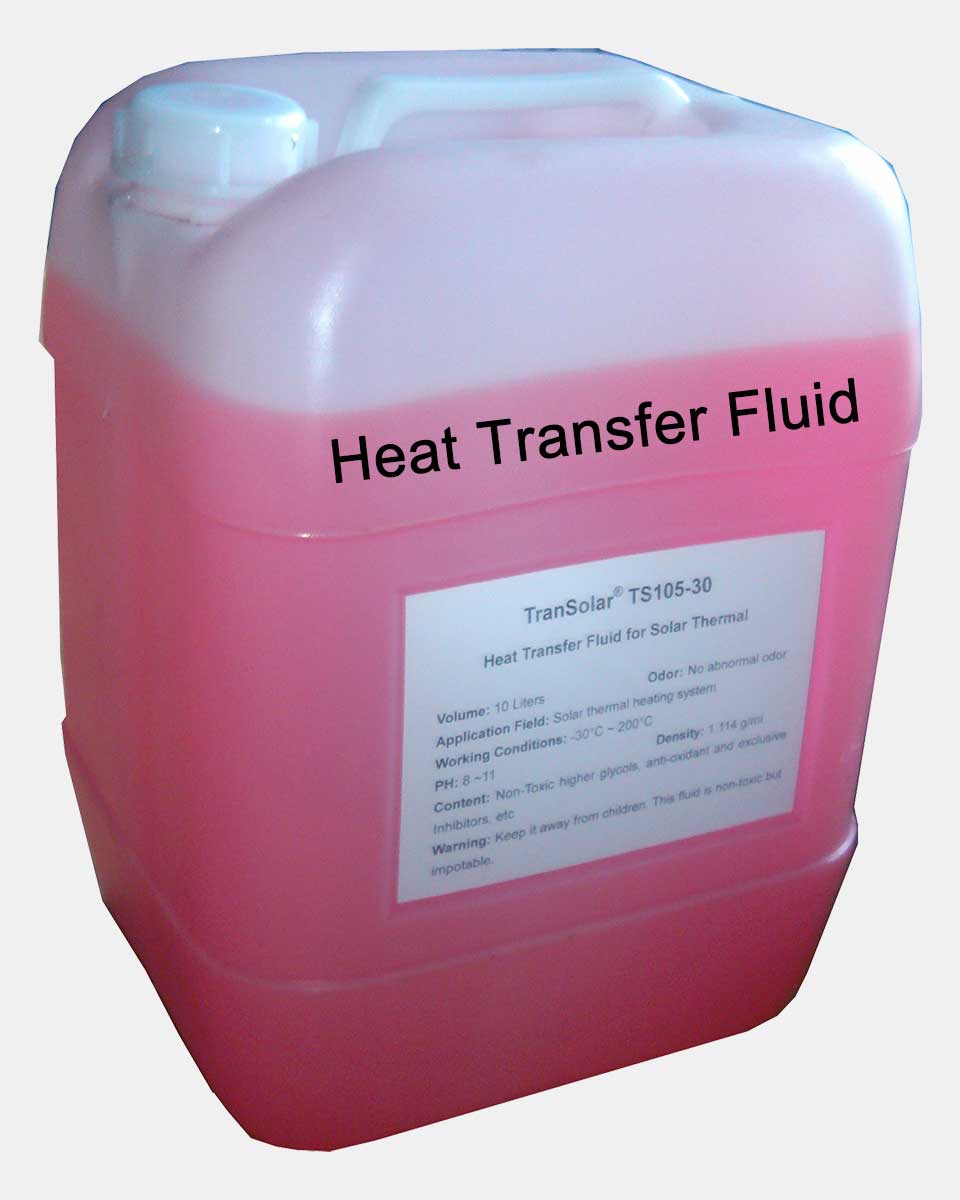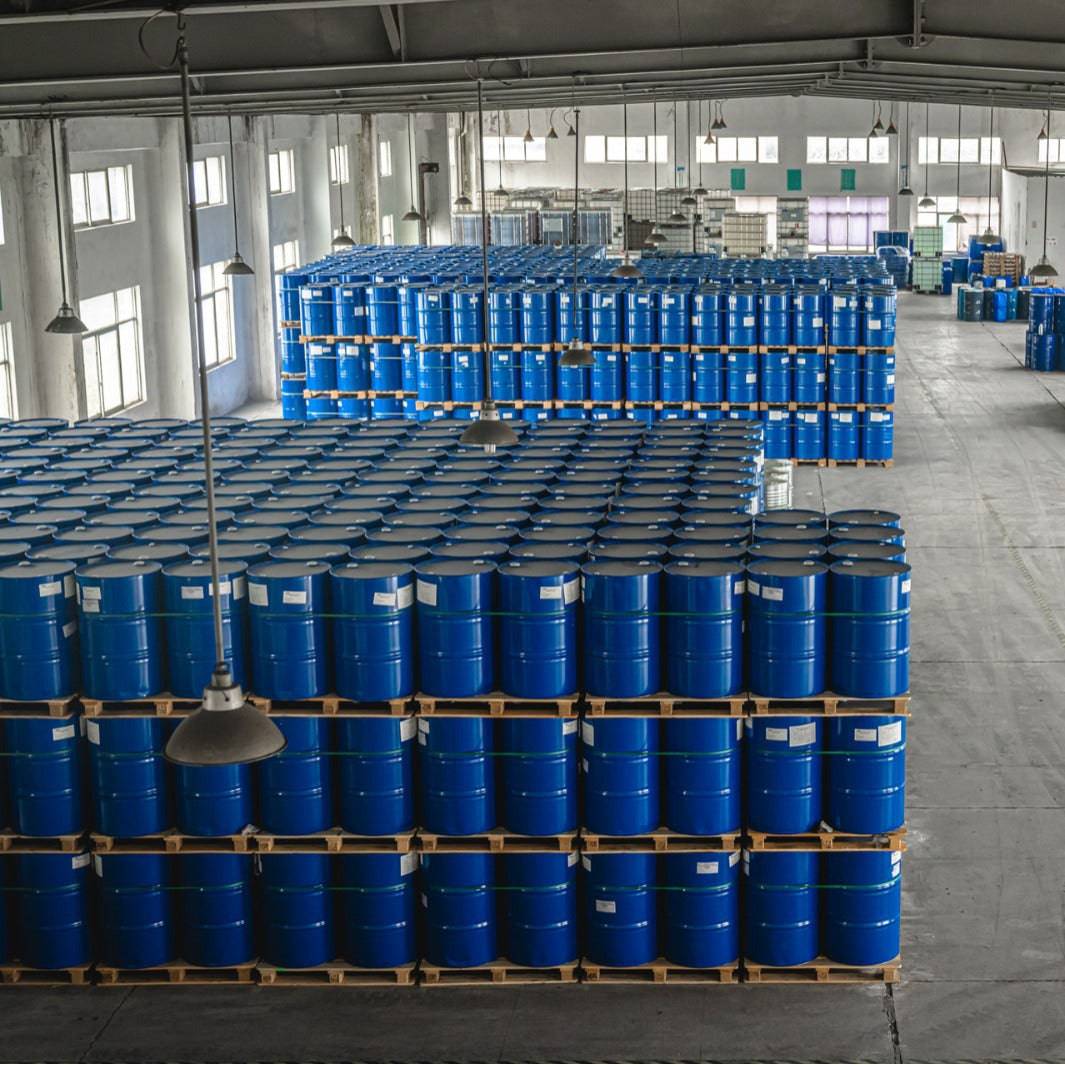The Role of Thermal Oil in High-Temperature Systems
The Role of Thermal Oil in High-Temperature Systems
Blog Article
Optimize Your System's Lifespan With the Right Heat Transfer Fluid
Selecting the ideal warmth transfer fluid is critical for optimizing system efficiency and durability. The right liquid not only improves thermal performance however additionally minimizes possible damage on vital elements such as pumps and warm exchangers - thermal oil. Understanding the numerous sorts of warm transfer liquids and the particular demands of your application can substantially influence the general wellness of your system. Several neglect key aspects that might make a substantial distinction. What factors to consider might you be missing out on that could eventually affect your system's performance?
Relevance of Heat Transfer Fluids

In addition, warmth transfer liquids add to the safety and security and integrity of thermal systems. In addition, the ideal heat transfer fluid can give security versus deterioration and scaling, additional expanding the lifespan of machinery and framework.
Sorts Of Heat Transfer Fluids
Numerous kinds of warmth transfer liquids are typically utilized in commercial applications, each customized to particular functional demands and temperature varieties. One of the most prevalent classifications consist of water, oils, and specialized artificial fluids.
Water is typically used due to its superb thermal conductivity and availability; nonetheless, its restrictions develop at heats and prospective cold problems. For higher temperature applications, thermal oils, such as mineral oils or organic compounds, are used. These oils give premium thermal stability and can operate effectively at elevated temperatures, making them ideal for processes like food handling and petrochemical production.
Artificial liquids, which can be either not natural or organic, are made to meet specific efficiency criteria. They typically exhibit boosted residential properties such as low poisoning, large temperature level ranges, and resistance to oxidation. Instances consist of esters and glycols, which are excellent for specialized applications like solar thermal systems and warm exchangers.
Additionally, refrigerants are used in cooling systems, leveraging their stage modification homes to release and soak up warm efficiently. Each kind of warm transfer liquid provides distinctive advantages and is picked based on the certain requirements of the application, ensuring optimal efficiency and system longevity.
Factors to Think About When Picking
Selecting the suitable warmth transfer liquid involves mindful consideration of a number of variables to make sure optimum performance and system effectiveness. One of the primary variables is the temperature level range required for the system. Liquids vary in their thermal stability and can decay or lose performance outside specific temperature limits.
One more important consideration is the liquid's viscosity, as it impacts pump efficiency and energy usage. A fluid that is also viscous might prevent flow and boost operational expenses. In addition, the fluid's specific heat capacity plays a vital duty in figuring out exactly how efficiently it can transfer warmth.
Chemical compatibility with system materials is also necessary to protect against corrosion, destruction, or leakages - dielectric cooling fluid. Guaranteeing that the picked fluid works with the building and construction products can lengthen the life expectancy of the system

Benefits of Proper Fluid Option
Correct option of a heat transfer fluid returns considerable advantages for system performance and Check Out Your URL dependability. The ideal fluid enhances thermal conductivity, guaranteeing optimal warm transfer prices within the system. This effectiveness decreases power consumption, resulting in reduced operational expenses and a reduced ecological footprint.
Moreover, ideal liquid choice adds to system long life by protecting against corrosion and degradation of parts. Fluids developed with corrosion inhibitors protect steel surface areas, therefore expanding the life expectancy of pumps, pipelines, and warmth exchangers. Additionally, picking a fluid with ideal viscosity makes sure effective flow, which is crucial for maintaining consistent temperature distribution throughout the system.
Another essential benefit is the liquid's thermal stability. A secure warm transfer fluid can operate over a large temperature variety without breaking down or losing effectiveness, which is important for systems exposed to fluctuating thermal problems. In addition, the appropriate fluid can also minimize dangers associated with cold or boiling, thus protecting against functional disruptions.
Maintenance Tips for Longevity
Making sure the longevity of a warmth transfer his explanation system needs diligent upkeep methods that match the benefits of correct fluid option. Routine examinations are vital to identify prospective leaks, deterioration, or debris build-up that might compromise system performance. Establish a regular timetable to analyze pipeline stability, links, and installations, as these areas are commonly susceptible to deterioration.

Checking liquid levels and quality is similarly essential. Routinely look for indicators of contamination, such as staining or particulate matter, which can suggest degradation of the warmth transfer liquid. Applying regular fluid evaluation can offer insights into its chemical properties, enabling for prompt replacements when essential.
Additionally, keeping optimal operating temperatures is vital. Encourage the use of temperature level controls and sensing units to prevent overheating, which can accelerate liquid deterioration and damage system parts.
Lastly, always stick to the supplier's guidelines relating to liquid substitute periods and upkeep procedures. By devoting to these finest techniques, you can dramatically improve the functional life-span of your heat transfer system, guaranteeing trustworthy efficiency and lowering the requirement for premature replacements or expensive fixings.
Conclusion
Finally, the selection of an ideal heat transfer fluid is critical for boosting system performance and longevity. By recognizing the various types of fluids and considering crucial variables such as thermal conductivity and deterioration resistance, ideal efficiency can be attained. In addition, regular maintenance and examinations play a crucial duty in sustaining operating conditions. Prioritizing these elements ensures the prolonged life expectancy of necessary parts, ultimately adding to a more trusted and efficient system.
Heat transfer liquids play a critical duty in numerous commercial and business applications by promoting the effective transfer of heat between surface areas.Furthermore, warm transfer fluids add to the security and integrity of thermal systems. Furthermore, the liquid's certain warm ability plays a vital function in identifying exactly how efficiently it can move warm.
The right liquid improves thermal conductivity, ensuring optimal warmth transfer prices within the system. A steady warmth transfer Full Article fluid can operate over a broad temperature level range without damaging down or losing effectiveness, which is important for systems subjected to rising and fall thermal conditions.
Report this page